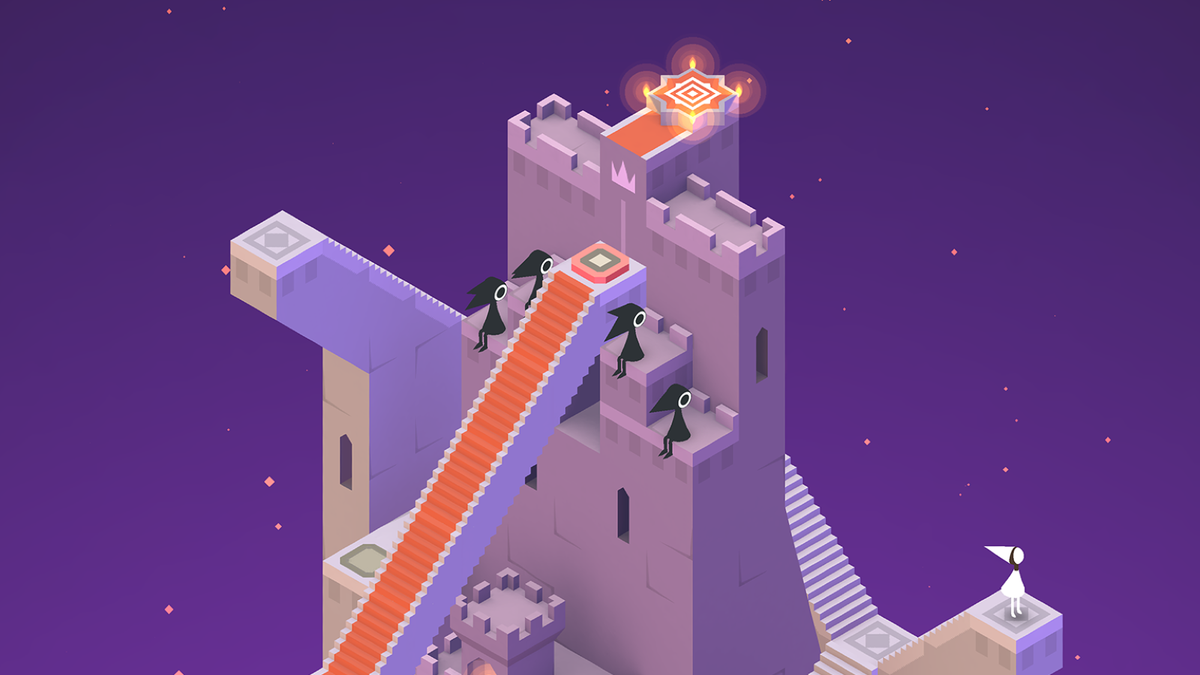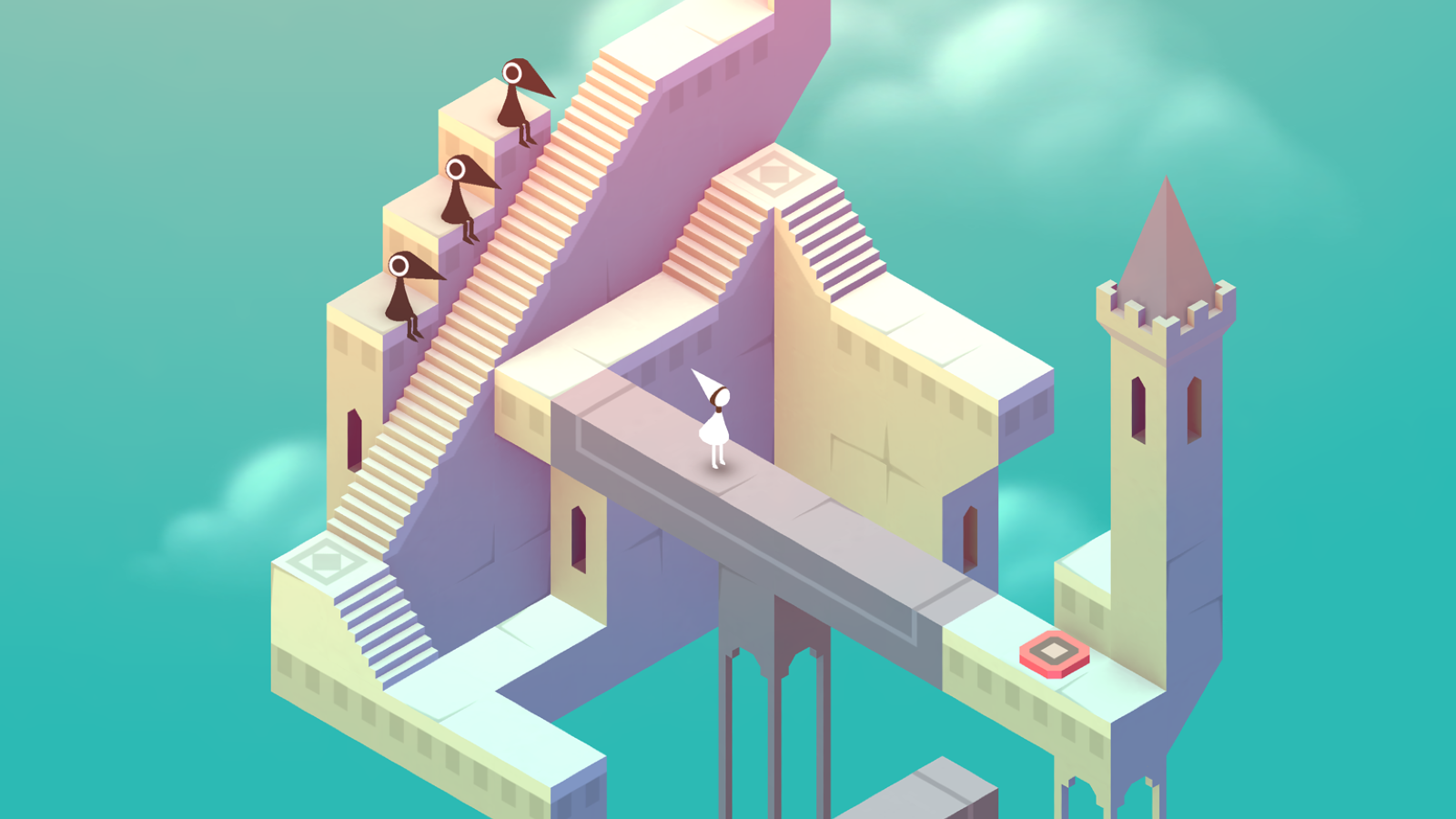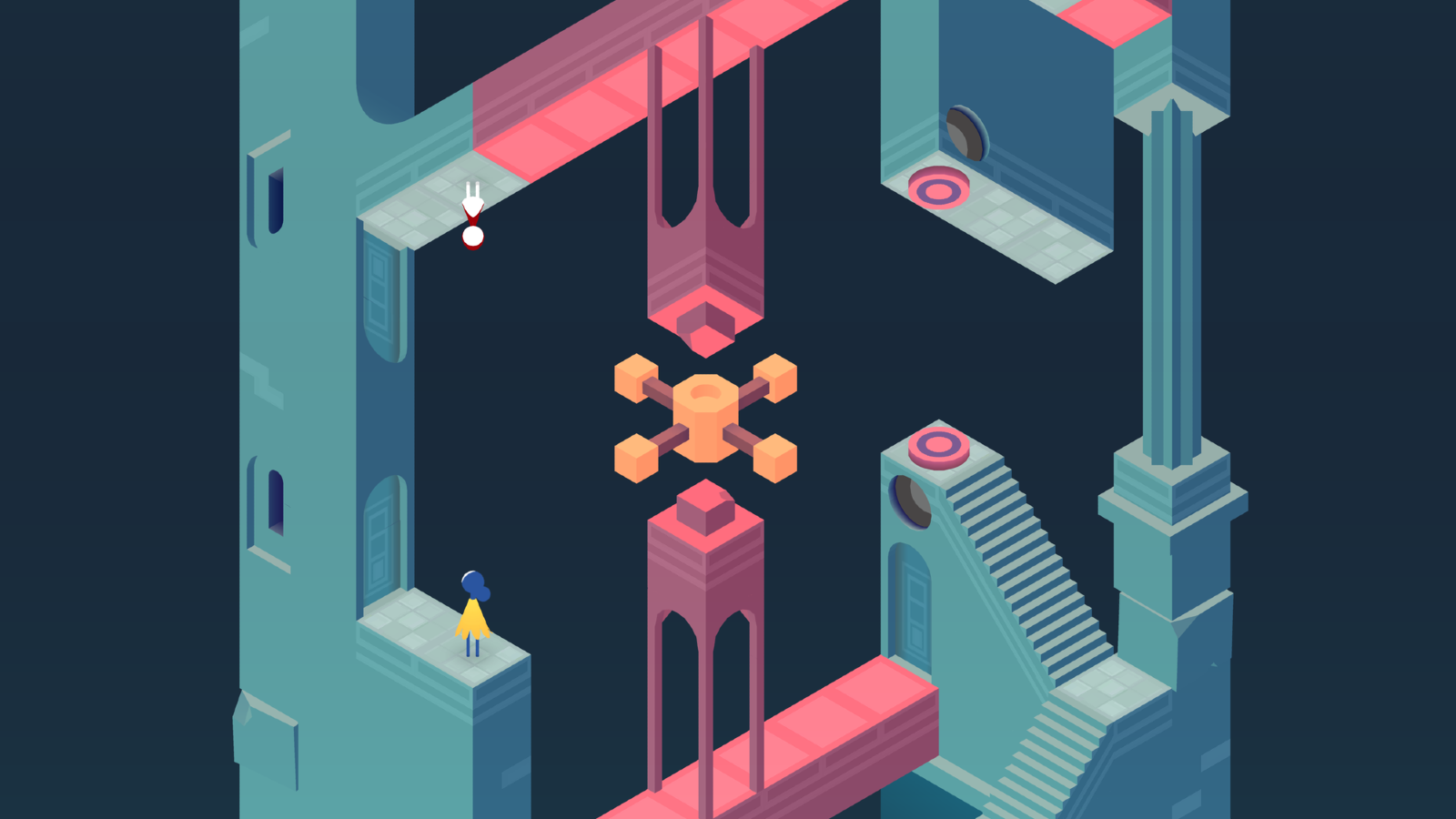In Monument Valley, the puzzle design is meticulously crafted to offer a singular, intended solution for each challenge, leveraging the game’s unique visual and structural mechanics. Players engage with the game primarily by manipulating the environment, which includes rotating, sliding, or connecting pathways. This interaction is heavily reliant on perspective changes, allowing the character, Ida, to navigate through the intricately designed levels and reach the exit.
The gameplay experience is structured around a precise sequence of actions that players must follow to successfully complete each puzzle. This design philosophy encourages creativity within certain constraints, as the puzzles are uniquely tied to perspective-based illusions and immovable elements. As a result, walkthroughs and guides typically provide one clear solution for each puzzle, reflecting the developers’ intention for players to follow a specific path to success.
While players might encounter slight variations in how they approach certain elements of a puzzle—perhaps altering the order in which actions are performed—these differences rarely lead to distinctly different solutions. Instead, they often result in the same final outcome, aligning with the game’s core mechanic of perspective manipulation.
In conclusion, Monument Valley’s puzzles predominantly offer one main solution for each challenge, focusing on a well-defined path for players to discover and master. Minor variations in puzzle-solving may occur, but the essence of the experience remains centered on a singular, cohesive approach rather than an abundance of divergent solutions.






Leave a Reply